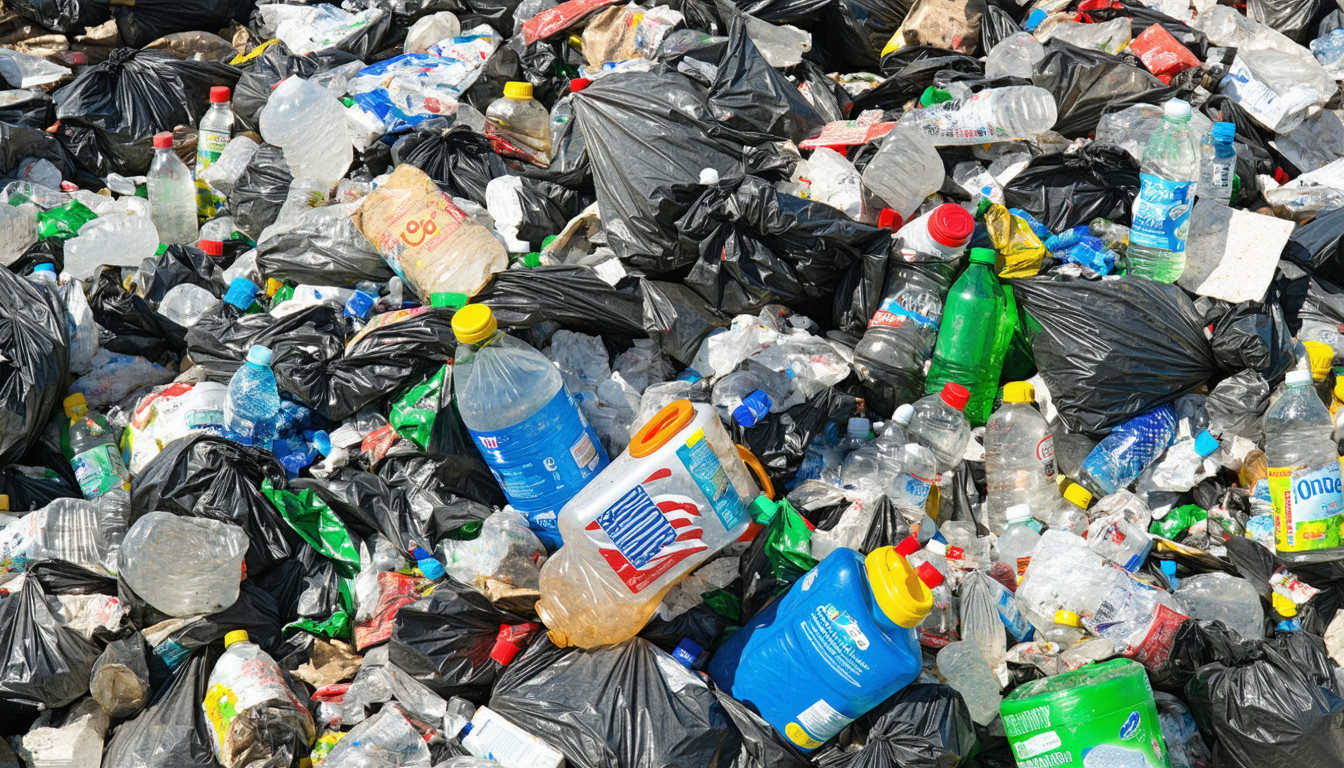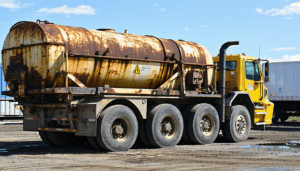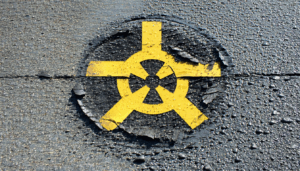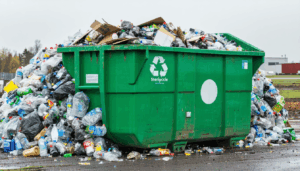In the ever-evolving landscape of environmental management, commercial waste disposal in the United States has emerged as a critical issue in 2023. With businesses generating millions of tons of waste annually, the pressure to adopt sustainable practices while complying with stringent regulations is mounting. This article delves into the latest developments in the sector, including regulatory updates, technological innovations, and their impact on businesses and communities. From rising costs to groundbreaking solutions, we uncover the key trends shaping the future of waste management for U.S. companies.
The Growing Burden of Commercial Waste Disposal
Commercial waste disposal refers to the management of non-hazardous waste produced by businesses, including retail stores, offices, restaurants, and industrial facilities. According to the Environmental Protection Agency (EPA), U.S. businesses generated approximately 140 million tons of municipal solid waste in 2022, a significant portion of which falls under commercial categories. This staggering volume highlights the urgent need for efficient systems to handle disposal and recycling.
The challenge lies not only in the sheer quantity but also in the diversity of materials. Packaging, food scraps, and electronic waste each require specialized handling, often straining local infrastructure. As urban areas expand, finding space for landfills becomes increasingly difficult, pushing companies to seek alternative solutions.
Regulatory Shifts Impacting Businesses
In 2023, several states have introduced stricter regulations on commercial waste disposal to curb environmental damage. For instance, California’s Senate Bill 1383 mandates that businesses divert organic waste from landfills by implementing composting programs. Non-compliance can result in hefty fines, with penalties starting at $500 per violation.
These laws aim to reduce greenhouse gas emissions from decomposing waste. However, they also place a financial burden on small and medium-sized enterprises (SMEs) that may lack the resources for such transitions. According to Jane Harper, a waste management consultant at Green Solutions Inc., “Many businesses are struggling to adapt to these mandates due to limited budgets and unclear guidelines.”
Technological Innovations Driving Change
Amid regulatory pressures, technology offers a glimmer of hope for the commercial waste disposal sector. Advanced sorting systems powered by artificial intelligence are now being deployed in recycling facilities across the country. These systems can identify and separate materials with up to 95% accuracy, significantly reducing contamination rates.
Additionally, waste-to-energy (WTE) plants are gaining traction. In 2022, the U.S. had over 70 operational WTE facilities, converting nearly 30 million tons of waste into electricity. Experts predict this number will grow as companies invest in sustainable energy solutions to offset disposal costs.
Economic and Social Implications
The rising cost of commercial waste disposal is a growing concern for businesses. A recent report by Waste Management Institute revealed that disposal fees have increased by 8% since 2021 due to landfill scarcity and higher transportation expenses. For industries like hospitality and retail, these costs directly impact profit margins.
On the social front, improper waste management continues to affect communities near landfills. Residents often report health issues linked to pollution and odor, prompting calls for stricter oversight. Balancing economic needs with environmental justice remains a key challenge for policymakers and corporations alike.
Future Outlook for Waste Management
Looking ahead, the future of commercial waste disposal in the United States hinges on collaboration between government, industry, and technology providers. Experts anticipate that federal funding for recycling infrastructure—part of the 2021 Bipartisan Infrastructure Law—will spur innovation over the next decade. This could lead to more accessible solutions for businesses of all sizes.
There’s also a growing emphasis on circular economy models, where waste is minimized through reuse and redesign. While some stakeholders argue that current regulations are too restrictive, others believe they are essential for long-term sustainability. Both perspectives underscore the need for dialogue to shape effective policies.
In conclusion, the landscape of commercial waste disposal is at a pivotal moment. With new regulations, technological advancements, and economic pressures reshaping the sector, businesses must adapt swiftly to stay compliant and competitive. As the nation moves toward a greener future, the decisions made today will determine the environmental legacy for generations to come.
Frequently Asked Questions (FAQ)
-
What is commercial waste disposal?
It refers to the process of managing non-hazardous waste generated by businesses such as offices, restaurants, and factories. This includes materials like paper, food scraps, and packaging. -
Why are regulations on commercial waste tightening?
Stricter rules aim to reduce environmental harm, particularly greenhouse gas emissions from landfills. They also encourage recycling and sustainable practices among businesses. -
How can businesses reduce waste disposal costs?
Companies can invest in waste audits to identify reduction opportunities, partner with recycling programs, or adopt technologies like compactors to minimize volume. -
What role does technology play in waste management?
Innovations like AI sorting systems and waste-to-energy plants improve efficiency, reduce contamination, and convert waste into usable resources like electricity. -
Are there penalties for non-compliance with waste laws?
Yes, businesses failing to meet state or federal regulations may face fines. For example, violations in California can start at $500 per incident under recent laws.




